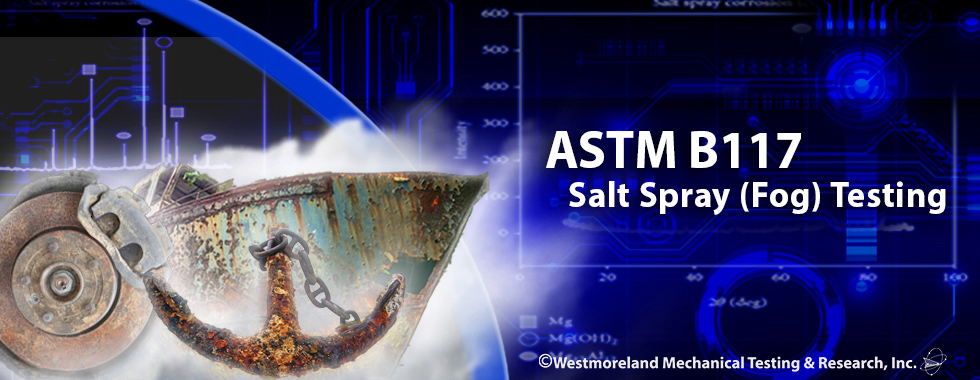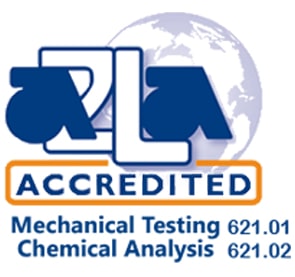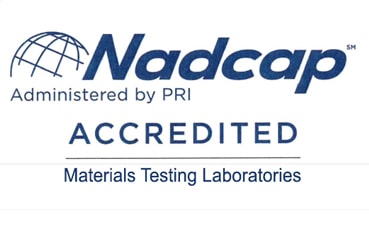ASTM B117
ASTM B117 Salt Spray (Fog) Testing
ASTM B117 is the oldest and most widely used of the salt spray cabinet tests. Purportedly used as early as 1914 with roots in the National Bureau of Standards, and formalized as an ASTM B117 specification in 1939 by the American Society for Testing and Materials (ASTM). Early specifications for this method of Corrosion Testing were subject to much change.
 ASTM B117 Salt Spray (Fog) Testing at WMT&R
ASTM B117 Salt Spray (Fog) Testing at WMT&R
The ASTM B117 Salt Spray (Fog) Test is often used to evaluate the relative corrosion resistance of coated and uncoated materials exposed to a salt spray or fog at an elevated temperature. Test specimens are placed in an enclosed salt spray cabinet or chamber and subjected to a continuous indirect spray of a neutral (ph 6.5-7.2) salt water solution. This climate is maintained throughout the duration of the test.
The water used in the ASTM B117 Salt Spray (Fog) Test must be compliant with the ASTM D1193 Specification for Reagent Water, Type IV; to this is added enough sodium chloride that a five percent salt solution is achieved. At the time the specimens are placed into the chamber, the cabinet should be pre-conditioned to the operating temperature of 35°C (95°F) and fogging a 5% salt solution at the required of 12ml/hr.
The default position for the sample placement is at a 15-30 degree angle from the vertical, although, automotive components are often tested in the "in car" position. Specimens should be placed in the cabinet so as to avoid any dripping of condensation from one specimen to another.
Except for the purposes of daily monitoring collection rates, and for the rotation of test specimens, the cabinet should remain closed until the test is complete.
The ASTM B117 Salt Spray (Fog) Test can range in length from 24 to 5000 hours usually in increments of 24 hours
Click here to discuss your ASTM B117 Salt Spray (Fog) Testing needs with an engineer



